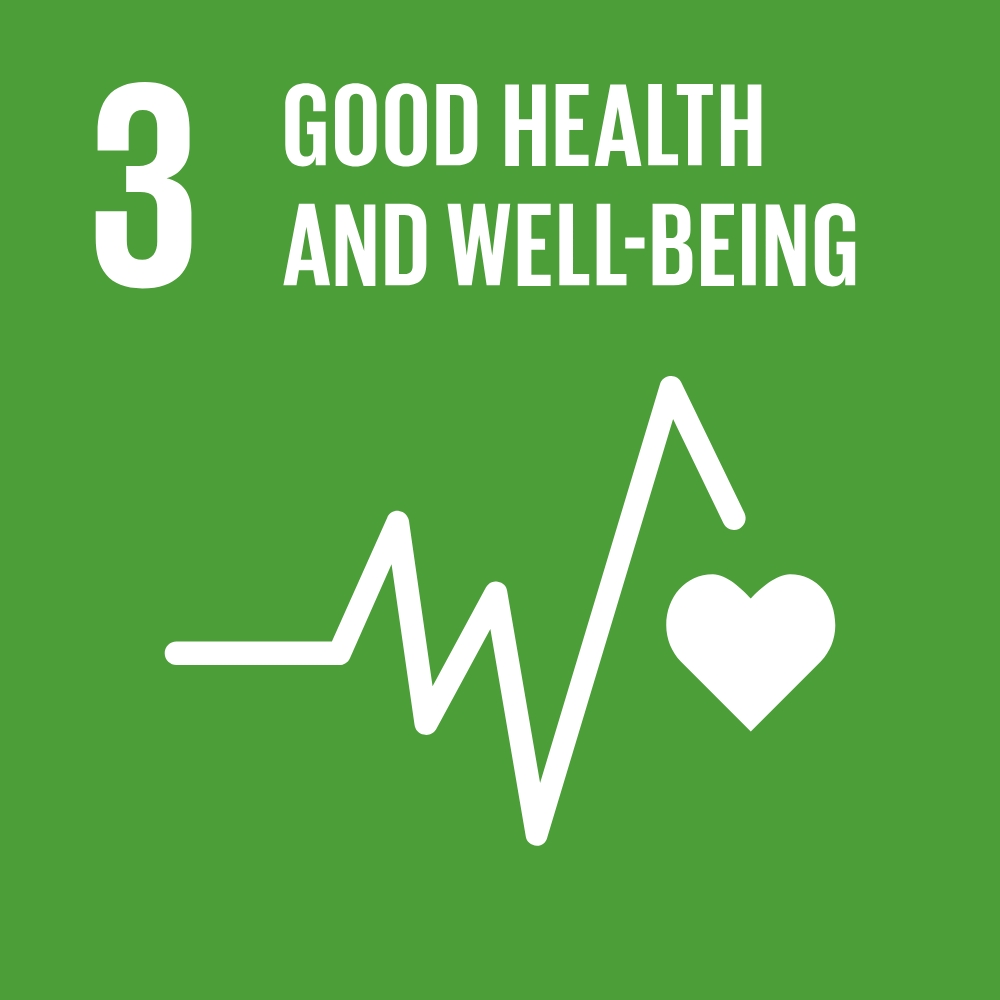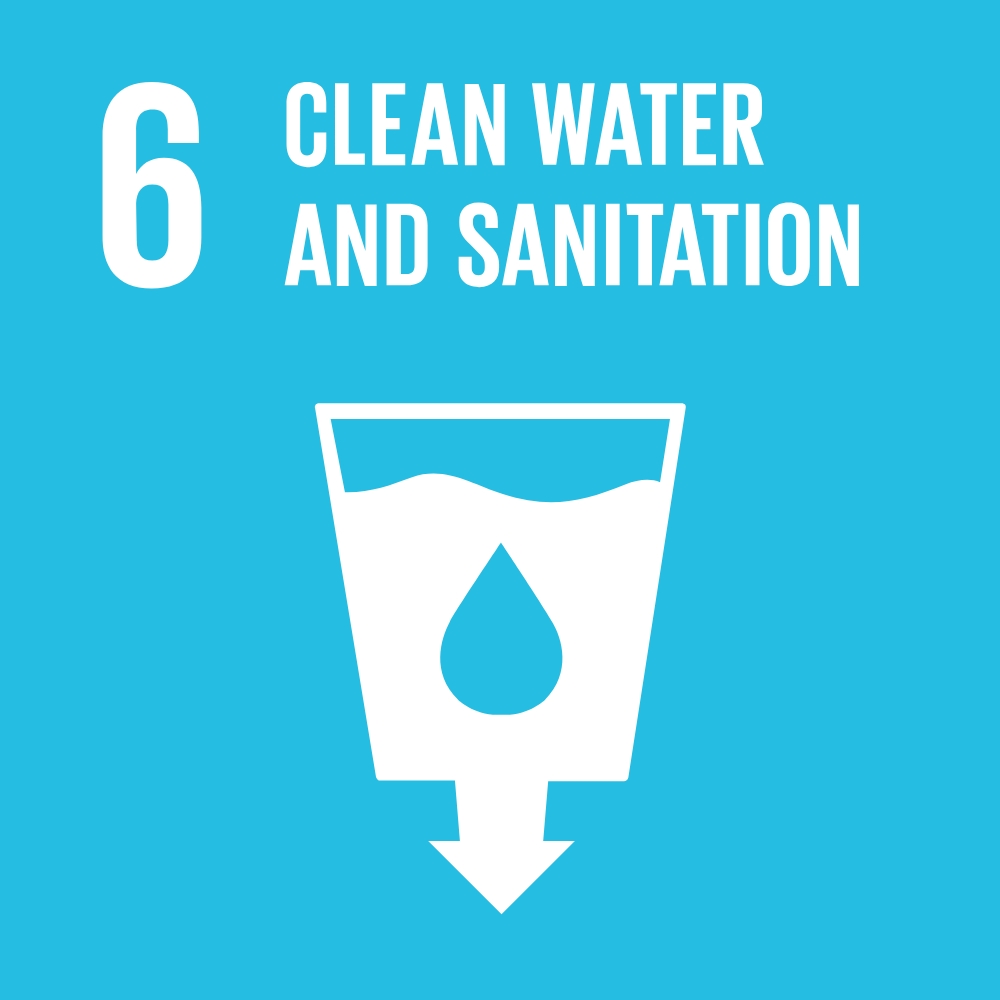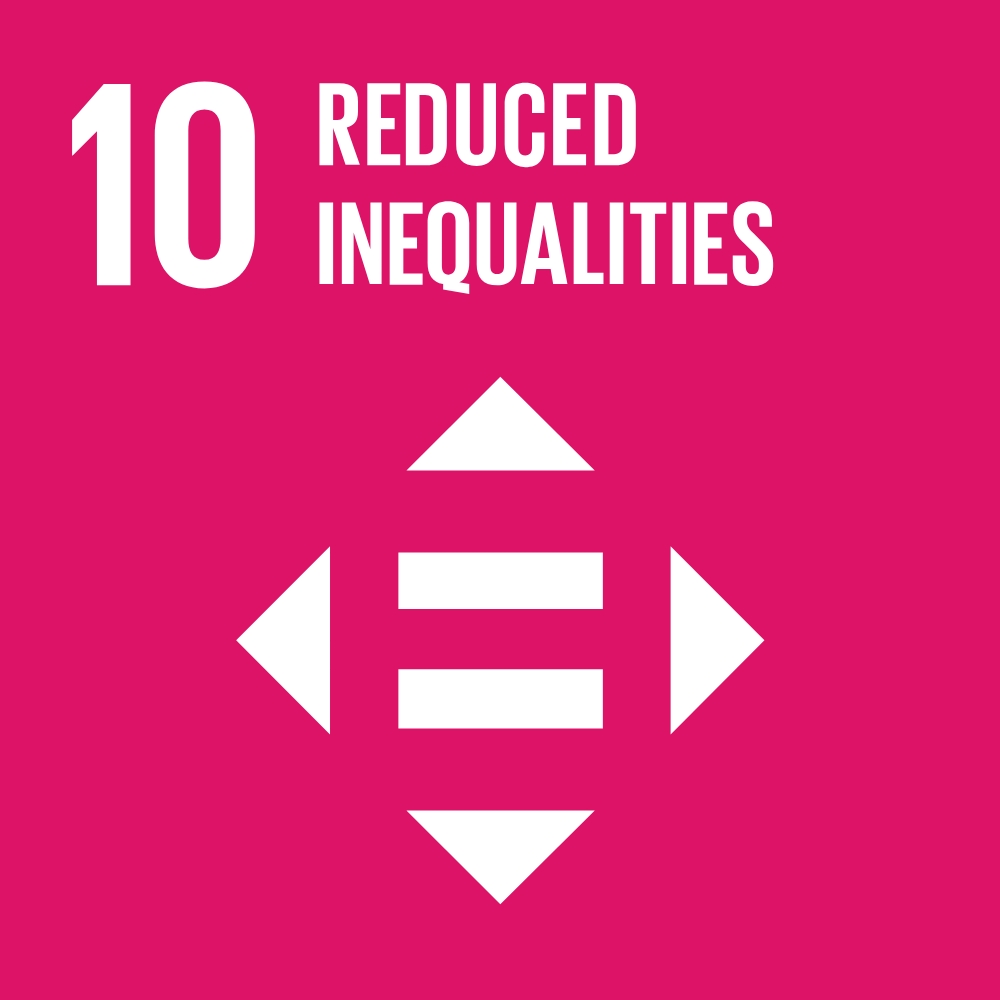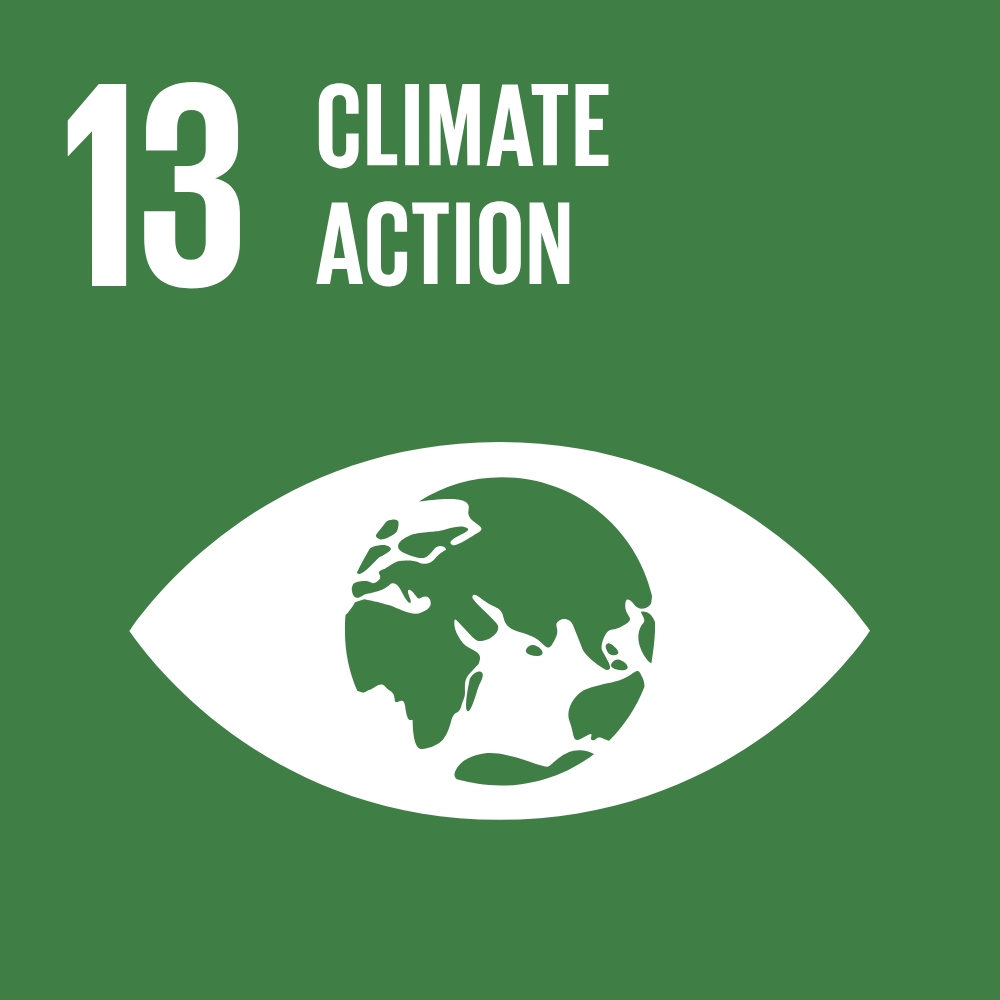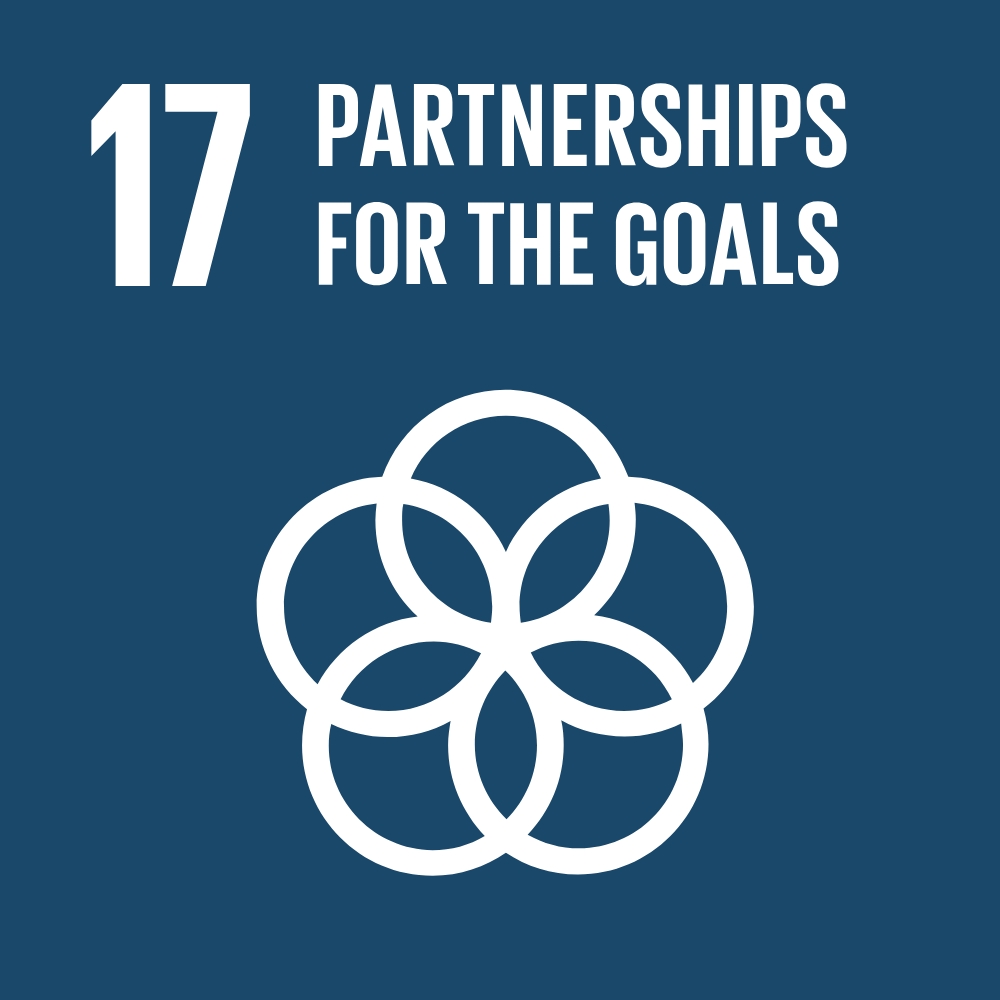Why Water?
In Kenya, 3 out of 10 people still lack access to safe drinking water. The situation is direr in the Arid and Semi-Arid Lands (ASALs) which make up over 80% of the country. In counties in these regions, access to at least basic drinking water services is as low as 21%. This chronic water insecurity exposes millions of Kenyans to waterborne illnesses and negatively impacts dignity, education access, livelihoods and climate resilience for the affected communities. Our interventions are driven by this reality, as we work toward achieving SDG 6.1: universal and equitable access to safe and affordable drinking water for all.
Our Interventions
To work towards the achievement of SDG 6.1, achieve universal and equitable access to safe and affordable drinking water for all, we work with communities in the following ways:
Community Engagement
we conduct sensitization and awareness forums on the importance of safe water, hygiene practices, and sustainable usage with communities prior to building any infrastructure. Through inclusive dialogues, we foster ownership by encouraging community contributions and active participation in operations and maintenance (O&M) of water systems.
Water Infrastructure Development
We invest in sustainable water infrastructure by drilling and rehabilitating boreholes, protecting and developing springs, constructing water kiosks, reticulation systems and safe drinking water points. These systems are paired with water treatment solutions to guarantee safe drinking water for households, schools, and health facilities.
Water Governance
Sustainability is ensured when water systems are regularly maintained, expansions are made to reach more people, repairs are done on time. This is only attainable through revenue generated through sustainable sale of water to community members. To ensure transparent and accountable management of water resources, we provide technical support and build the capacities of Water Resource Authorities (WRAs) and Water Management Committees (WMCs).



